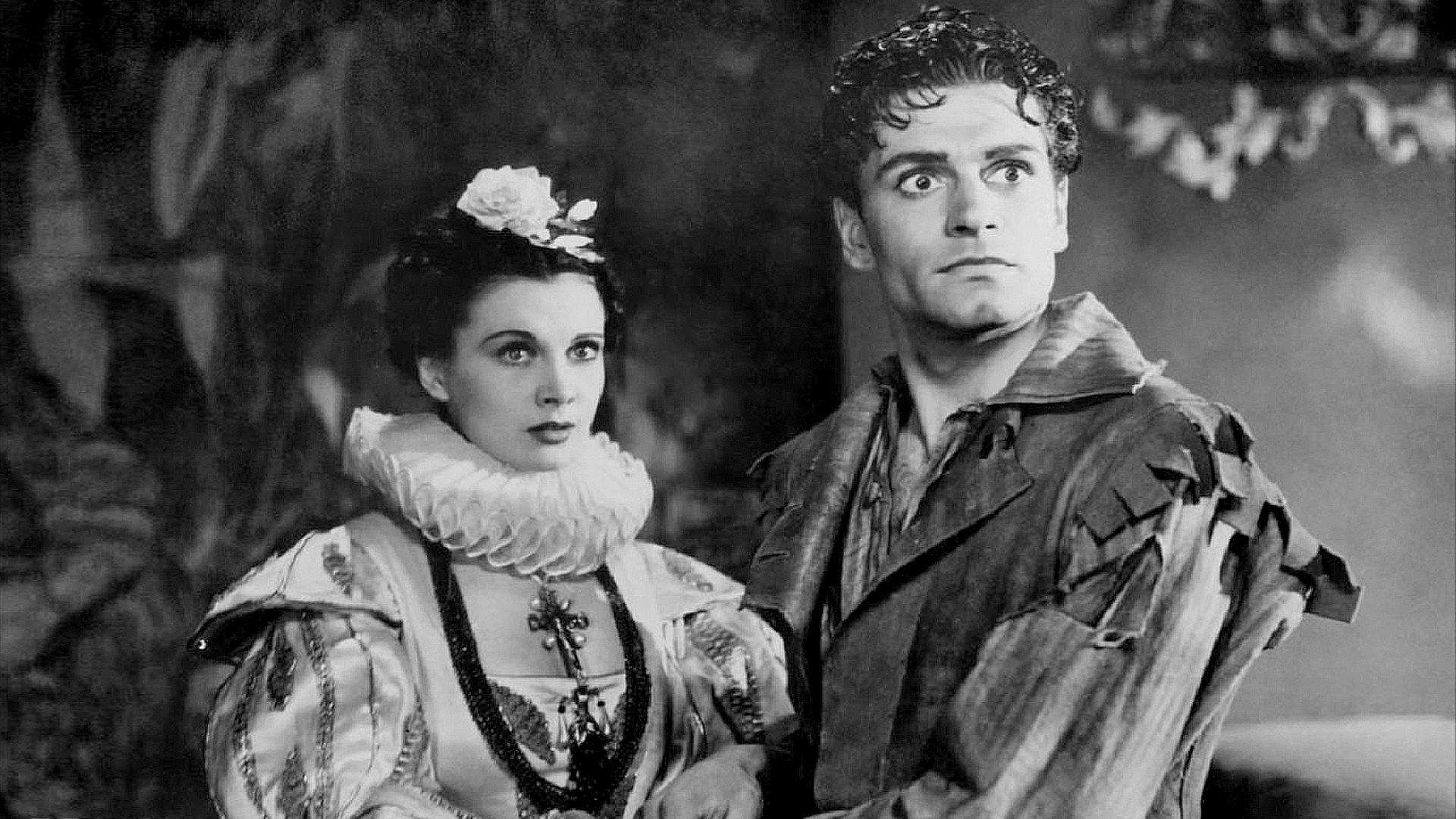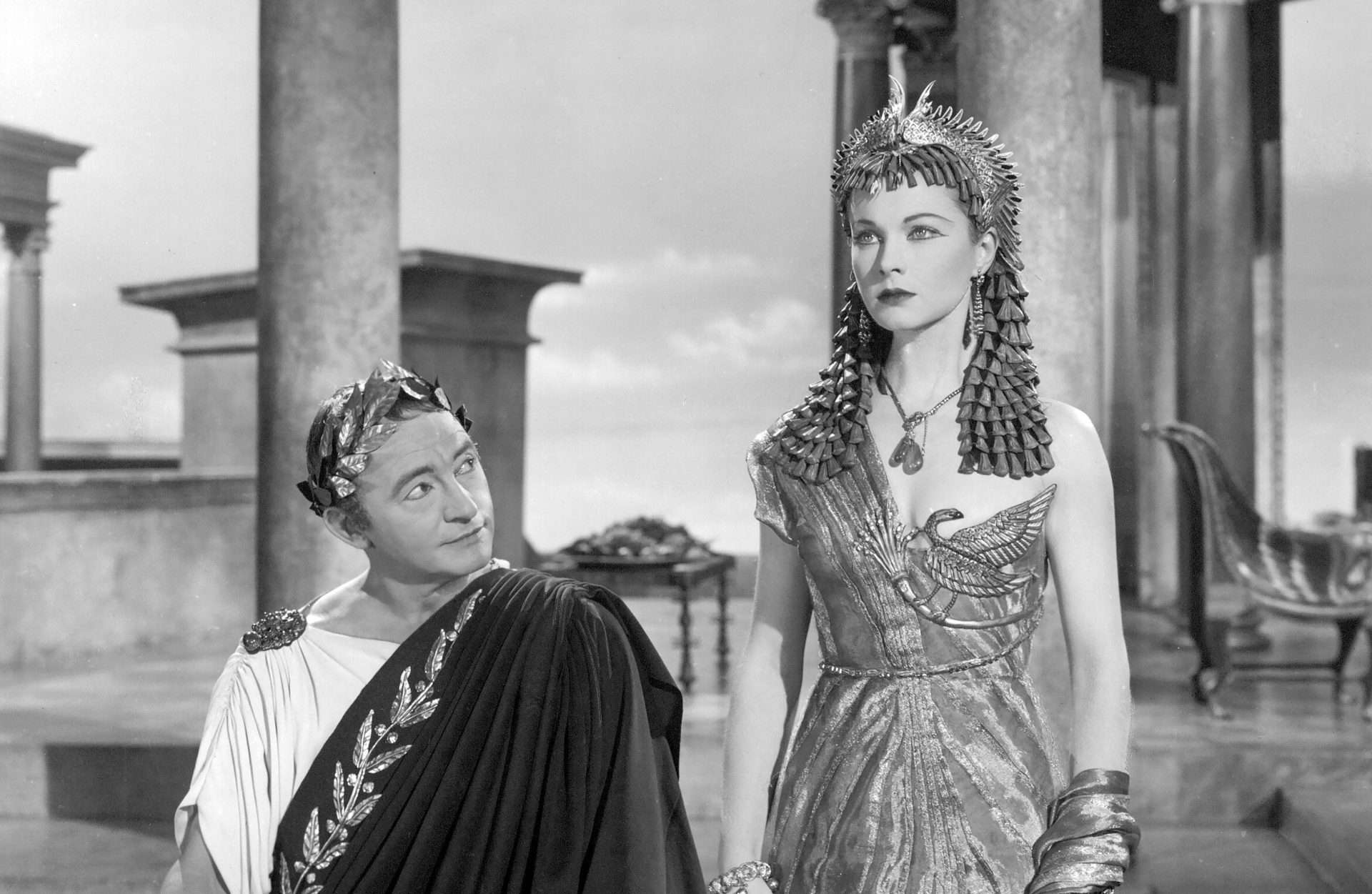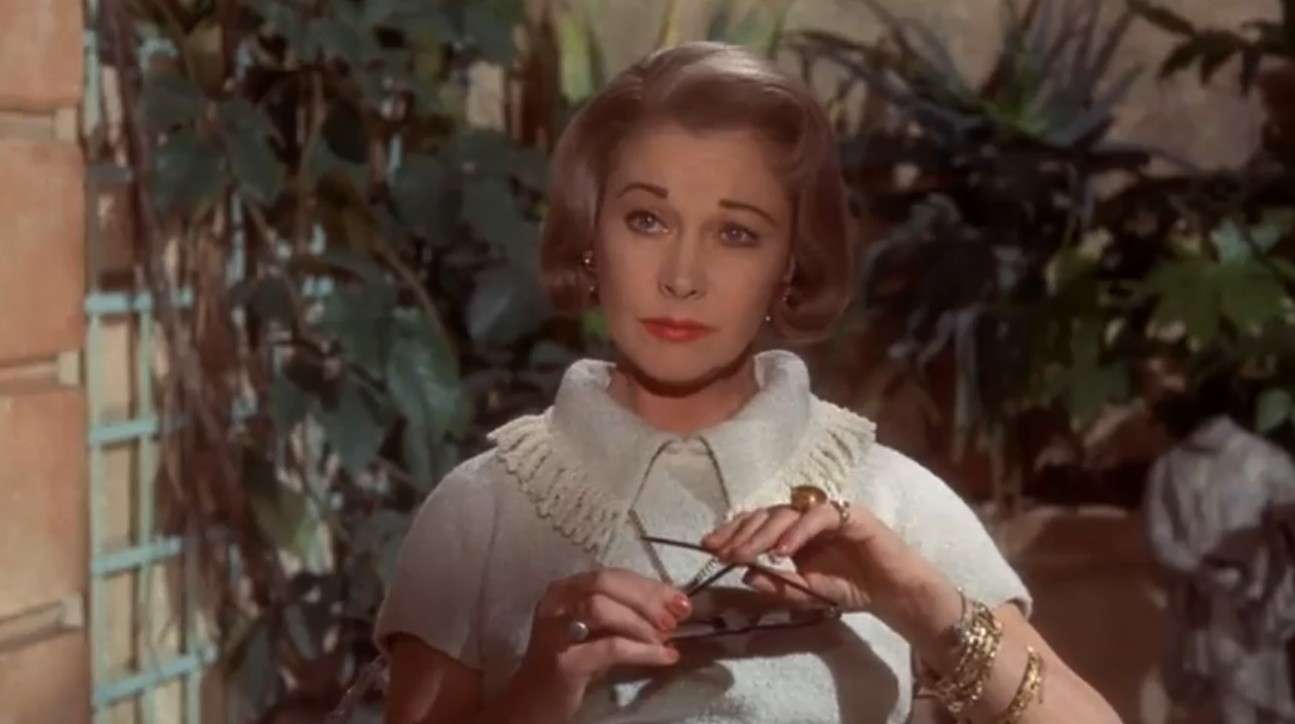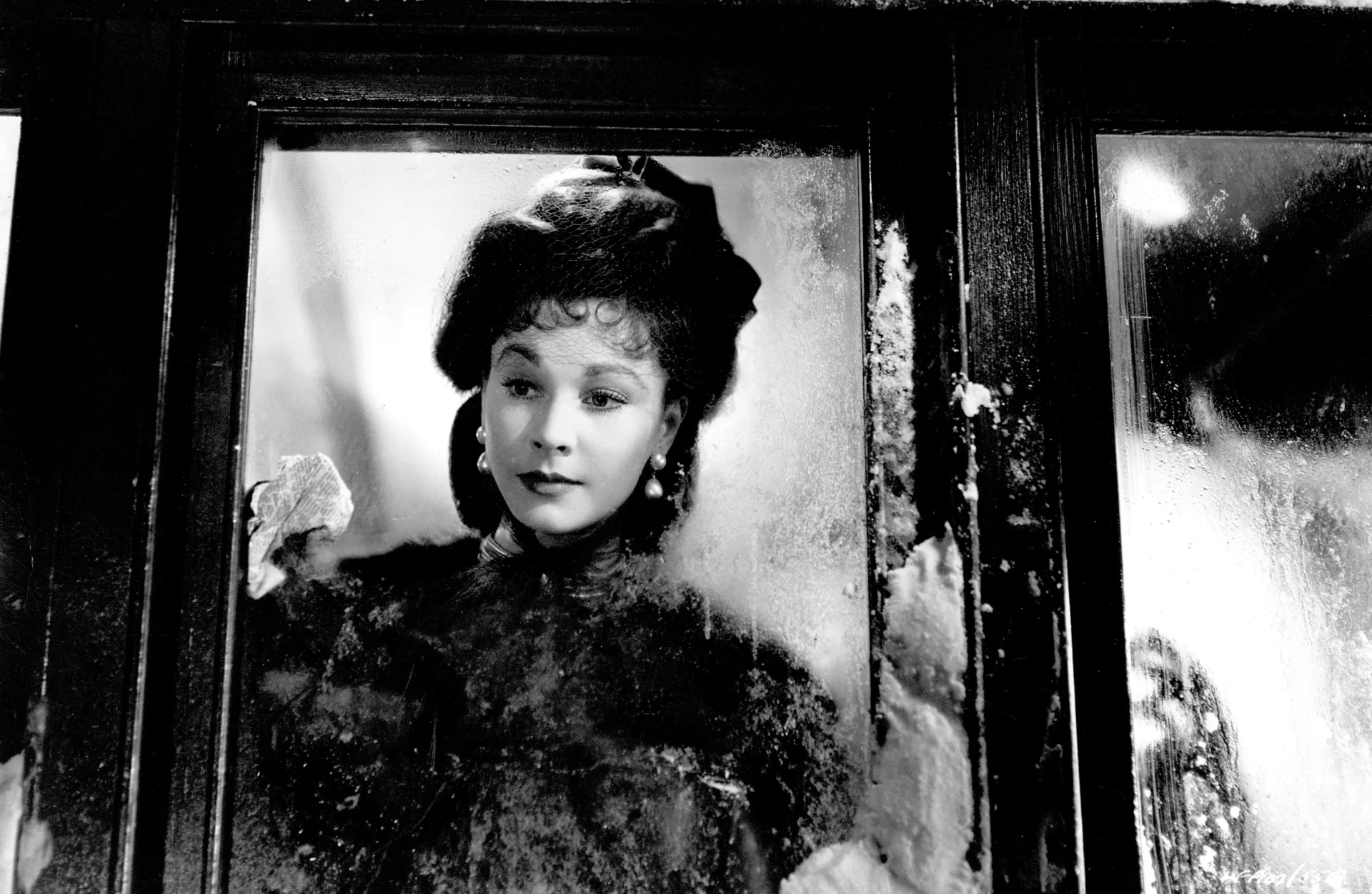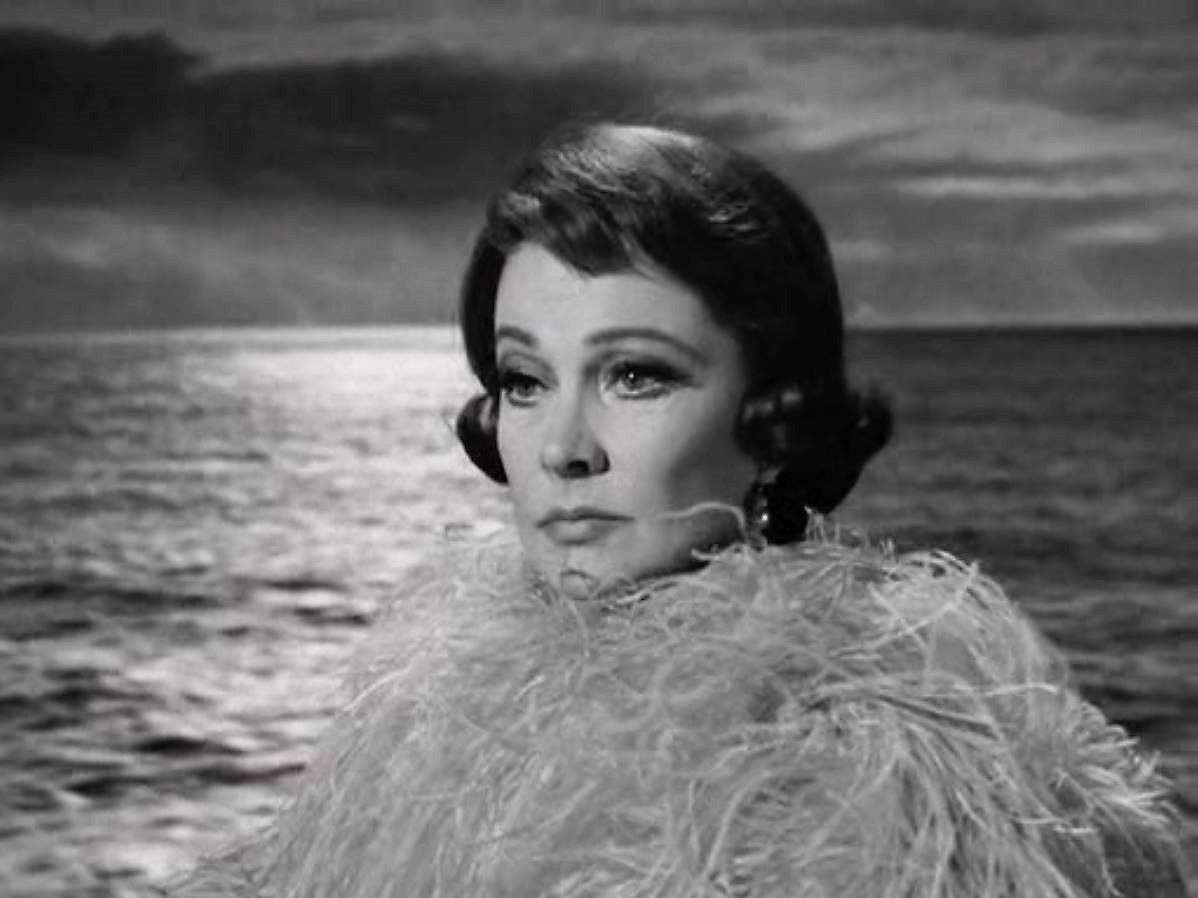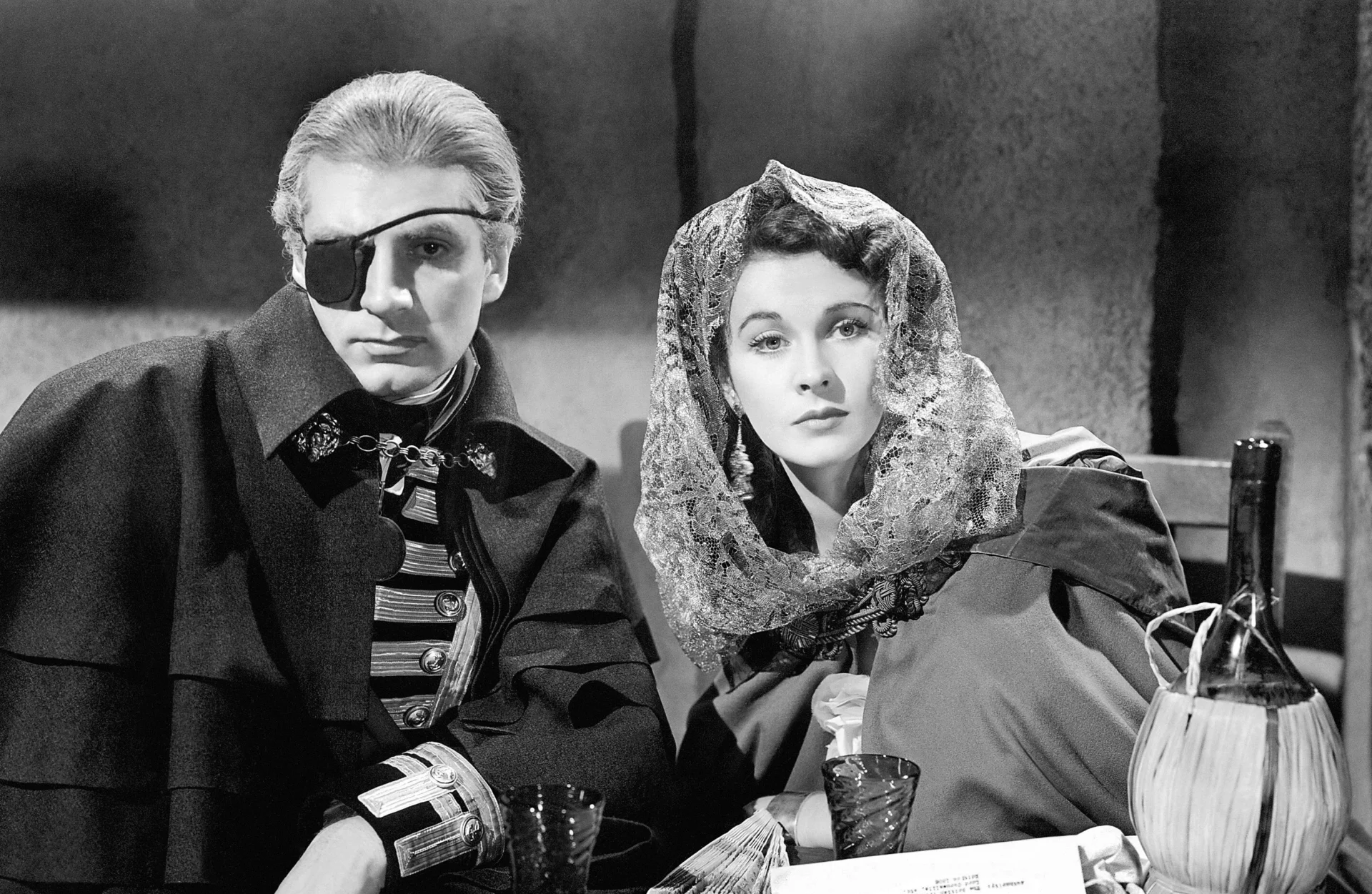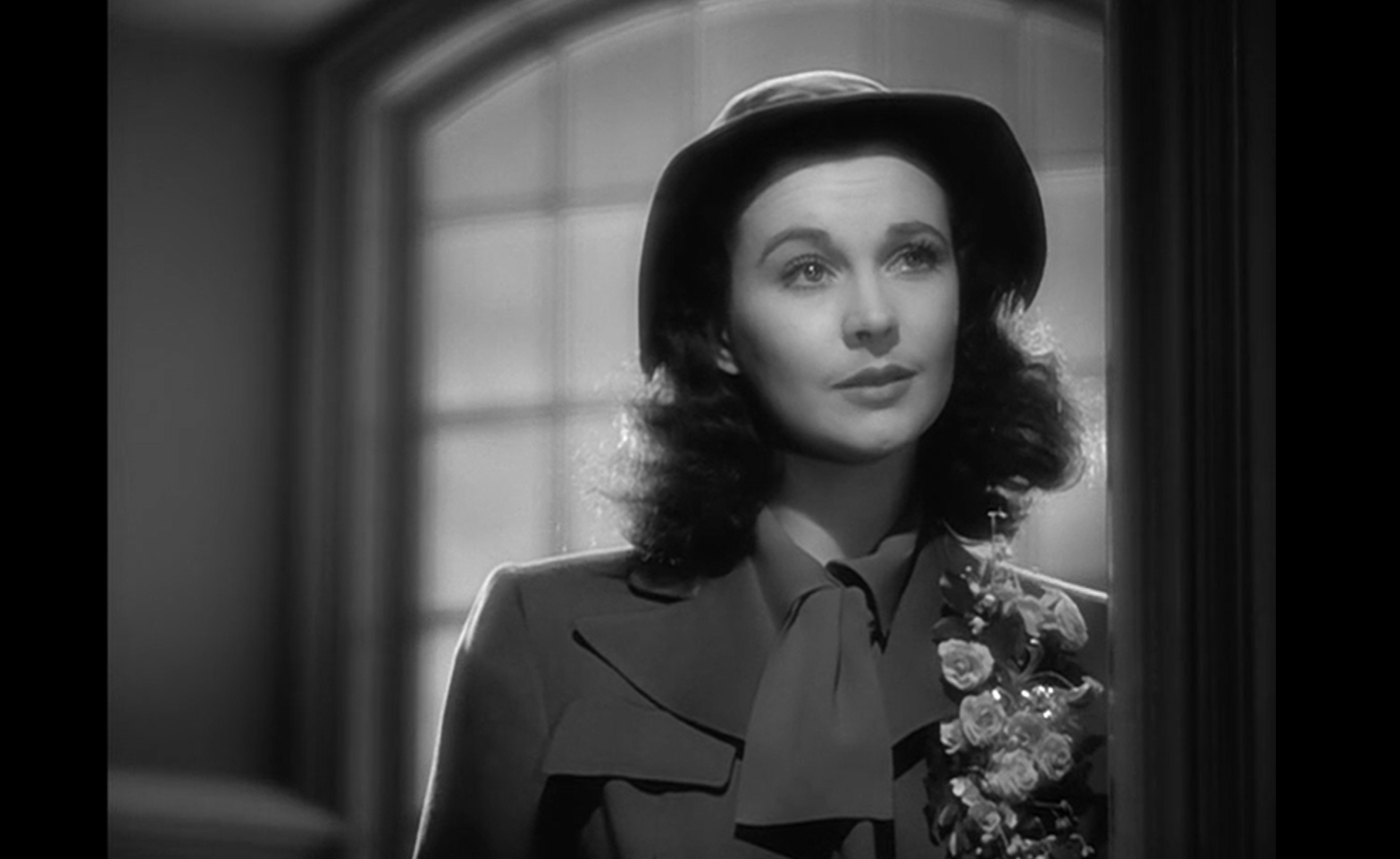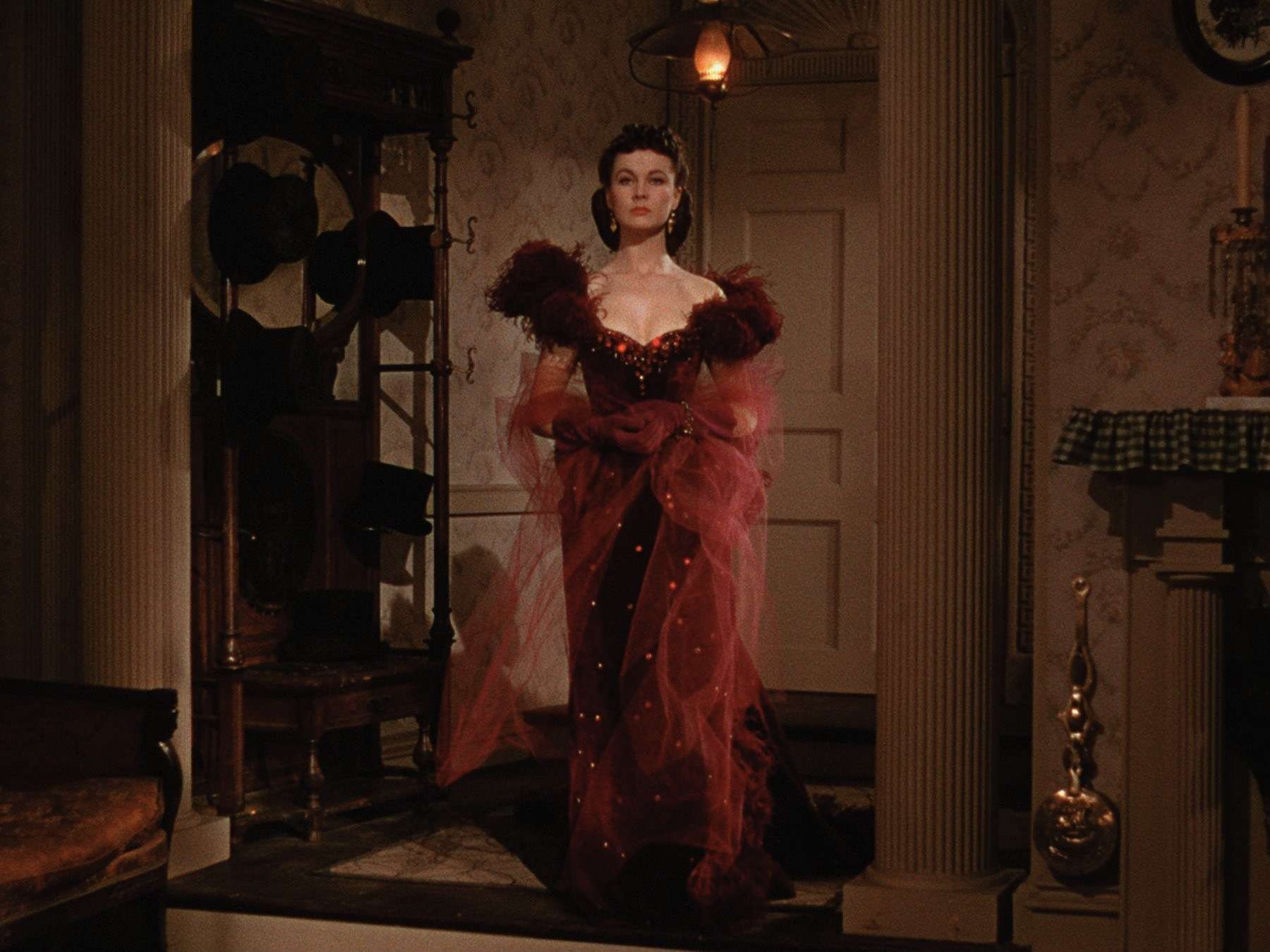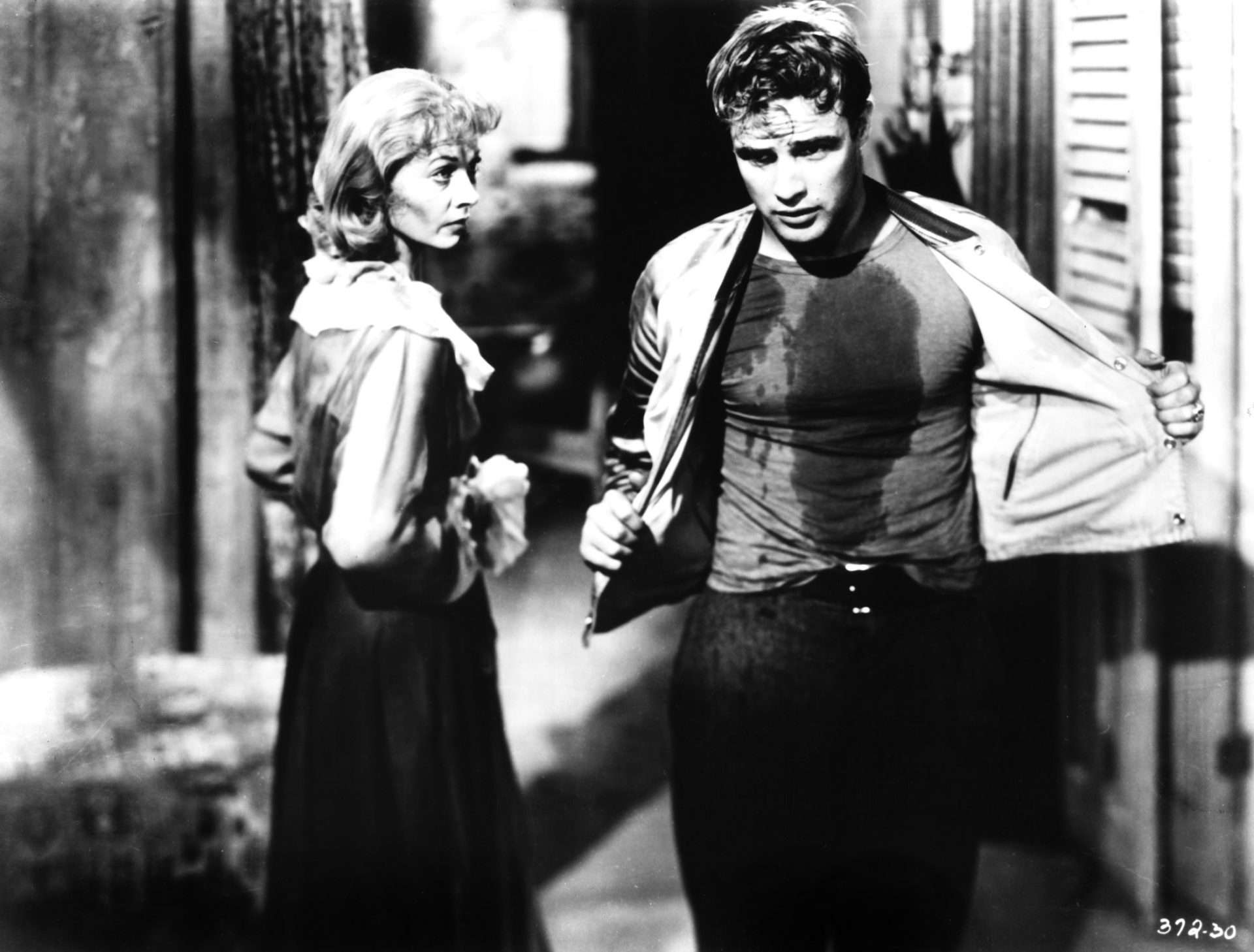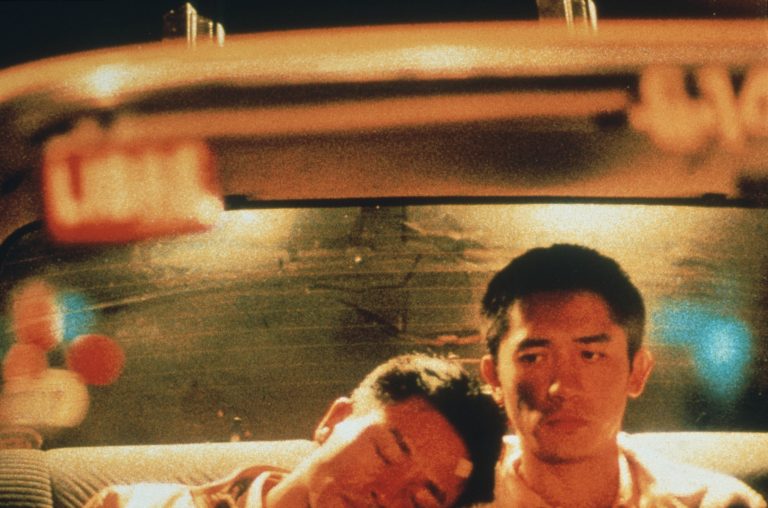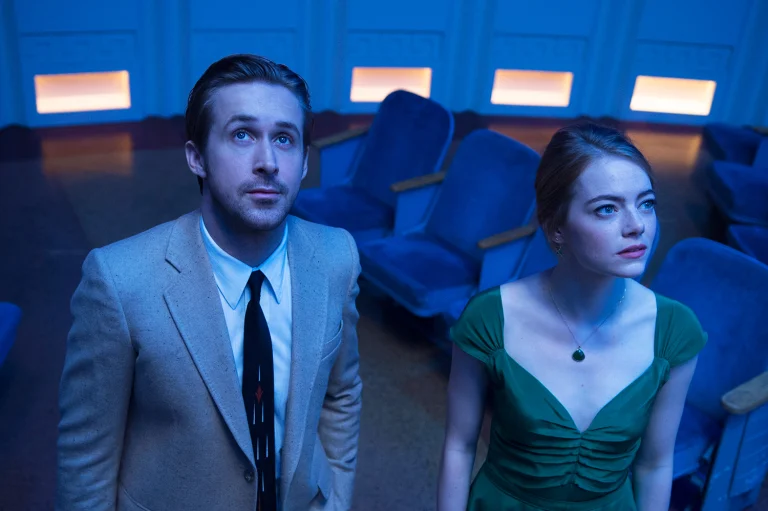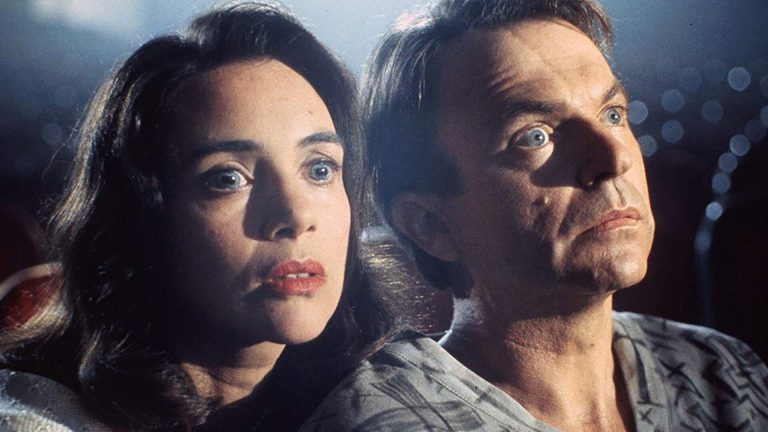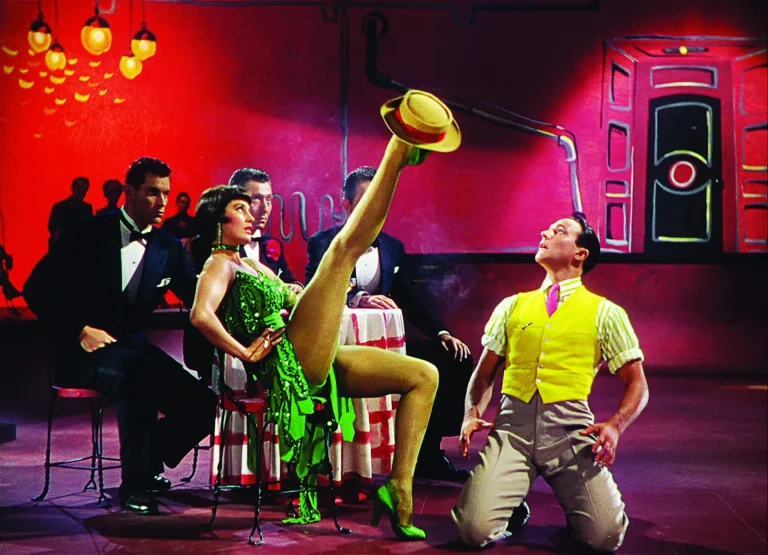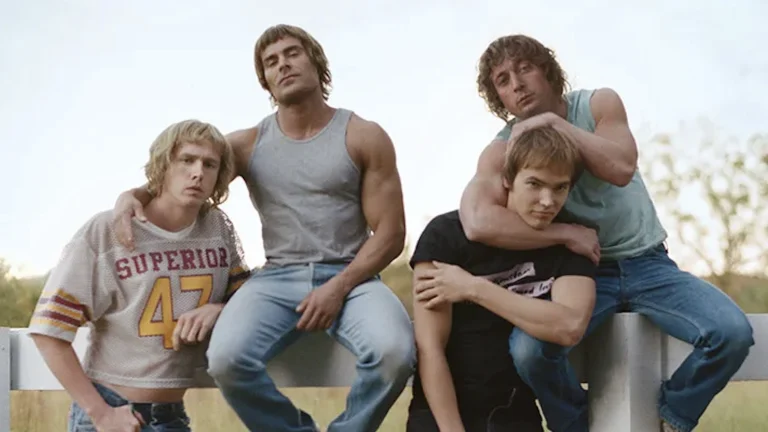“Sometimes I dread the truth of the lines I say. But the dread must never show.”
These words, pronounced by Vivien Leigh, flawlessly describe her unmatched acting career. Among the best-known actresses in history, Vivien has voiced some of the greatest performances for film and stage. British-born, she began stage acting at only three years old, along with her mother’s amateur theater company, which profoundly influenced the artist’s future career. After graduating from the Royal Academy of Dramatic Art in London, her very first screen appearance was in the 1934 musical comedy Things Are Looking Up. Her overt talent, as much as her determination to partake in the industry’s most ambitious projects, would lead her to land the world-renowned role of Scarlett O’Hara in Gone with the Wind, for which she won the first of two Best Actor Oscars.
The profundity that Vivien was able to channel into each of her roles translates into her ability to blend her private interiority into them. From her turbulent relationship with Laurence Olivier to the psychological difficulties related to an alleged bipolar disorder to the conflict with aging that characterized the last stages of her career, Vivien always chose parts with a deep resonance toward her private emotionality. Indeed, it is precisely the difference between the ability to step into a part and the ability to live it to the core that makes Vivien Leigh arguably the most unforgettable actress in cinema history.
It is, therefore, highly challenging to rank her best performances, which are proposed here for the purpose of celebrating the memory of a performer of such an impressive impact.
10. Fire Over England (1937)
Fire Over England, a historical costume drama, features one of the first film roles of the then-budding actress Vivien Leigh. Set in 1588 and directed by William K. Howard, the film portrays the war between Spain and England and the averting of a plot to kill the English queen, played by Flora Robson. In a performance redolent of the actress’s theatrical setting, Vivien plays Cynthia, one of Queen Elizabeth I’s ladies-in-waiting. Cynthia, daughter of Elizabeth’s Lord Treasurer, is betrothed to Michael Ingolby, a nobleman sent as an England spy to the Spanish court.
Laurence Olivier plays Michael, and Fire Over England remains famous as the first screen pairing of the couple, whose chemistry is apparent in each of their scenes. Despite the film’s major shortcomings in terms of historical realism, it still gave the young actress a chance to showcase her talent. The role of Cynthia, a radiant and vivacious girl, was, in fact, instrumental in the future obtaining of the role of Scarlett O’Hara in Gone with the Wind.
9. Caesar and Cleopatra (1945)
In 48 B.C. Alexandria, the kingdom is disputed between Cleopatra (Vivien Leigh) and Ptolemy XIII (Anthony Harvey). To resolve the conflict between the two sides steps in Caesar, played by Claude Rains, who is sent to Egypt to support the future queen in her ascension to the throne. Already the performer of Lady Emma Hamilton, Vivien once again plays an iconic female character in a period feature film. Even though the actress appears to be immersed in the role, she comes across as unconvincing in portraying an icon so far at odds with being played by a British actress.
Still, she stays a bright spot in a film that is structurally and historically poor, proposing a version of Cleopatra with a lighter, more childlike feel (albeit far removed from the more truthful historical conception). While not among the actress’s most successful film parts, it is undoubtedly one of the best-known roles she played in the 1940s, as her only collaboration with director Gabriel Pascal.
8. The Roman Spring of Mrs. Stone (1961)
The Roman Spring of Mrs. Stone, directed by Jose Quintero, is based on Tennessee Williams‘ 1950 novella of the same name. The film is the second adaptation of Williams’ work that’s performed by the actress, who previously starred in A Streetcar Named Desire. In her penultimate film appearance, Vivien plays the haughty Karen Stone, an American stage actress widowed while traveling to Rome with her husband. The loss of her companion is paralleled by the inner torment of Mrs. Stone, whose prosperous career collides with her inevitable aging. Determined to remain in Italy, Karen begins an affair with a young Italian gigolo named Paolo, played by Warren Beatty.
Paolo is narcissistic and egotistical, though Beatty’s performance appears underwhelming as much as it falls short of his counterpart’s. Still, Vivien is impeccable in the role of Karen and in her portrayal of a fiery-tempered woman who has suddenly found herself lost in life. In a reflection on loneliness and the loss of youth, The Roman Spring of Mrs. Stone addresses a concern of time that is less and less addressed in a marketplace obsessed with age.
7. Sidewalks of London (1938)
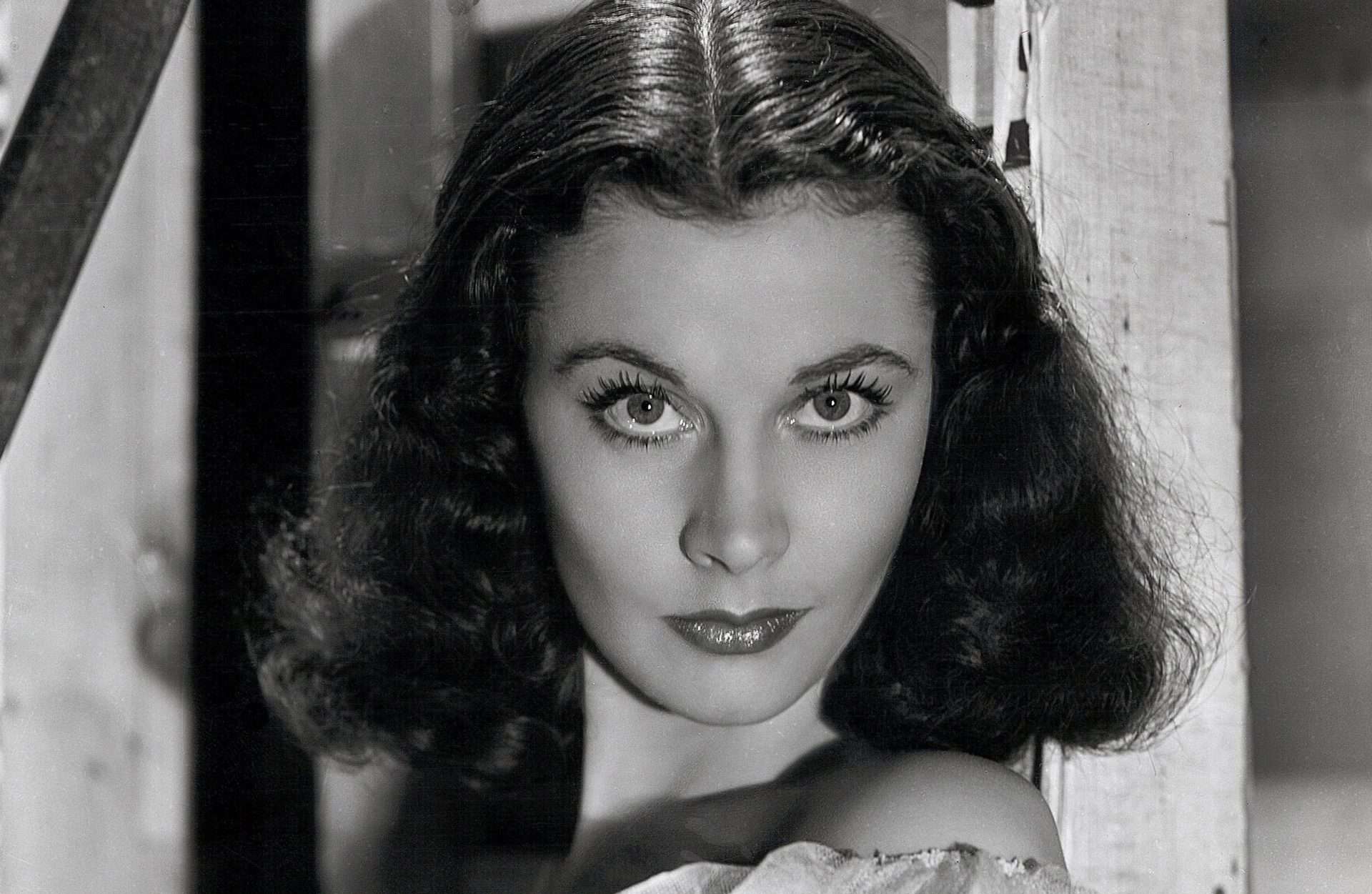
Sidewalks of London, otherwise known as St Martin’s Lane, is a 1938 feature directed by Tim Whelan. Vivien plays the role of Liberty (also known as Libby), a charismatic pickpocket. Libby’s life is turned upside down by her acquaintance with Charles Staggers, a London busker played by Charles Laughton. Charles, impressed by Libby’s presence, invites her to join his group of street entertainers while accompanying her in the ambition of becoming a theatrical star. Among the early roles in Leigh’s career, that of the thief Liberty is one of the star’s most nuanced and complete of her early days, in a fine equilibrium between stage and film acting.
In a formula comparable to that of A Star is Born, the character of Libby relies on the actress’ ability to convey her charisma. Both vulnerable and sophisticated, Libby is torn by the conflict between her ambition and her deep attachment to her mentor. Despite the two actors’ notorious contentiousness on set, the balance between Leigh and Laughton is the strength of the movie, held up by a very strong chemistry between the two main characters.
6. Anna Karenina (1948)
In 1948, Vivien Leigh took on the role of Anna Karenina, the protagonist of Leo Tolstoy’s 1878 homonymous novel. The picture is directed by Julien Duvivier and scripted in collaboration with Jean Anouilh and Guy Morgan. Anna is a sophisticated and elegant aristocratic woman married to the cold government official Alexei Karenin (Ralph Richardson). Called to Moscow by her brother, Anna is introduced to the handsome young Count Vronsky (Kieron Moore), who immediately becomes infatuated with her. Once again starring in a romantic costume drama, Vivien plays a heroine willing to give up anything in the name of love.
Easily comparable to the actress’ 1941 role of Lady Hamilton, Anna is a self-conscious lady who, unlike the former, fights in an attempt to stifle instinct and desire. Among the tragic lovers played by Leigh, Anna is the one who most embodies the impossibility of deciding against love, no matter how tragic the consequences. Vivien Leigh’s performance is remarkably sympathetic, both in her acting approach to the part and in her more disillusioned view of the romantic tragedy.
In the umpteenth role stunningly played by the actress, Vivien shines in her highly accomplished transposition of the personality and conflict of one of the most celebrated icons of classical literature.
Read More: 25 Great Trial Films of All Time, Ranked
5. Ship of Fools (1965)
Ship of Fools, by director Stanley Kramer, is the last movie starring Vivien Leigh. The film is based on the play of the same title by Katherine Anne Porter. Set in 1933, it follows the passengers of a ship that leaves Veracruz, Mexico, and heads to Bremerhaven, Germany. The main characters, mostly first-class travelers, are contrasted with the squalid conditions under which the hundreds of displaced workers (embarked to be brought back to Spain from Cuba) are treated.
Ship of Fools is grounded in the sometimes dramatic and sometimes grotesque interactions between the different characters, played by a cast of actors at the peak of their fame. Among them are Simone Signoret, Lee Marvin, Jose Ferrer, and Michael Dunn. Vivien’s character, Mary Treadwell, is a divorced woman who has (as in Vivien’s previous roles) become disenchanted with love and romance. Once again, the actress’ real struggle with the loss of the optimism of immaturity transpires in her character’s bitterness and desolation.
Despite the complexity of the part and the concomitant illness of its interpreter, Mary Treadwell stands as an essential tile in the mosaic of the many different typologies of humanity depicted by the movie, as much as a final example of Vivien’s unmatched acting prowess.
4. That Hamilton Woman (1941)
That Hamilton Woman is a 1941 feature film directed and produced by Alexander Korda, based on a screenplay by Walter Reisch and R.C. Sherriff. Emma Hamilton (Vivien Leigh), ultimately aged and reduced to poverty, wistfully recounts the story of her youth and her subsequent fall from grace. As she recounts, at eighteen, Emma was a beautiful and charming girl who, despite humble origins, managed to marry the nobleman Sir William Hamilton (Alan Mowbray), England’s ambassador to the Kingdom of Naples.
In 1793, upon meeting Admiral Horatio Nelson (played by her real-life husband Laurence Olivier), she began a passionate love affair, but it was also a scandal witnessed by the whole of Europe. It is notable that Emma Hamilton is characterized as the undisputed protagonist of court life while also acutely being aware of her position in it, as well as how to dress the role she is required to play.
Likewise, Leigh’s character is aware of both the political and private consequences of adultery, accepting her own clandestine love while acknowledging its inevitable harm. Yet another iconic role for the actress, it brings out, in addition to her established dramatic skills, her more vital, ironic, and impudent nature.
3. Waterloo Bridge (1940)
Waterloo Bridge is Vivien Leigh’s first film following the tremendous success of Gone with the Wind. Mervyn LeRoy’s picture is a romantic drama based on the eponymous play by Robert E. Sherwood. Vivien plays the part of Myra, a young dancer with a gentle and romantic soul. The film, set in London between the end of World War I and the eve of World War II, depicts Myra’s romance with charming officer Roy Cronin (played by Robert Taylor).
In reality, marked by the dawn of an unprecedented conflict, the couple’s pure and sincere love is contrasted with the awareness and consequences of the profound uncertainty of the times. What’s supposed to be a fairy tale turns and warps into a tragedy in which the dream of pure love is no longer possible. Vivien glows in a multifaceted and challenging role, managing to reflect both the momentary happiness and the sour pain experienced by the hapless Myra. In a seamless alchemy with her counterpart, Vivien brings to the screen a splendid performance that conveys the depth of a bittersweet and timeless love story.
2. Gone with the Wind (1939)
Gone with the Wind is easily one of the most celebrated films in film history, so much so that (factoring in inflation) it would still turn out to be the highest-grossing film ever. The movie is directed by Victor Fleming (who was briefly replaced by Sam Wood) and based on Margaret Mitchell’s novel of the same name. The greatest example of this American colossal is its iconic leading lady, Scarlett O’Hara, who is equally famous.
The role made Vivien Leigh a household name worldwide, and merely finding the right performer required more than 1,400 auditions. Gone with the Wind is set in the southern United States during the War of Secession, and the film follows Scarlett, the wily, strong-willed daughter of the owner of the Southern plantation of Tara.
The red threads of the story’s years-long odyssey are Scarlett’s immovable and almost chimerical love for Ashley Wilkes (Leslie Howard), and the never-truly understood and reciprocated love of the handsome Rhett Butler (Clark Gable) towards Scarlett. In 1939, Scarlett O’Hara landed on the big screen as a female character with absolutely unprecedented traits and presence, so much so that she became one of the most significant symbols of feminine filmmaking.
Indeed, the potency of Vivien’s performance has made the picture such a success. Even though fundamental elements of Gone with the Wind hardly resonate with contemporary times, especially the particularly outdated and stereotypical approach to the issue of race, the film remains one of the most accomplished and ambitious projects ever produced for the big screen.
1. A Streetcar Named Desire (1951)
Although Vivien Leigh is undoubtedly known for her iconic role of Scarlett O’Hara, her performance as Blanche DuBois in A Streetcar Named Desire can be considered equally powerful. The film is directed by Elia Kazan and is based on Tennessee Williams’ play of the same title. Blanche DuBois, played by Leigh, is a troubled woman who hides a deep restlessness behind a jovial and refined facade.
Having moved in with her sister Stella (Kim Hunter), she enters into an endless conflict with her brother-in-law Stanley Kowalski (Marlon Brando), a crude and beastly man. Blanche’s dreamy and romantic nature is in direct contrast not only with the reality of the facts but, more importantly, with her own instinctuality.
An utterly unique and highly complex character, Blanche represents the human inability to conceive the death or impossibility of dreams and the consequent renunciation of living outside of them. If Gone with the Wind is symbolic of what the actress Vivien Leigh is in the collective imagination, A Streetcar Named Desire is the movie that most profoundly marked her life, so much so that the actress herself began to confuse her real identity with that of Blanche.
As a matter of fact, cinema and art have always been the tools that have been most able to incorporate the innate human tendency to dream. Blanche DuBois embodies its backlash, that is, the primal terror of discovering the delicate boundary between fantasy and reality, ascribing the part with an unrepeatable impact not only on the audience but also on its performer.


